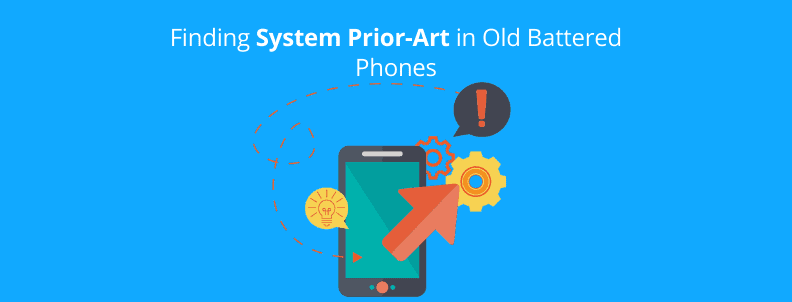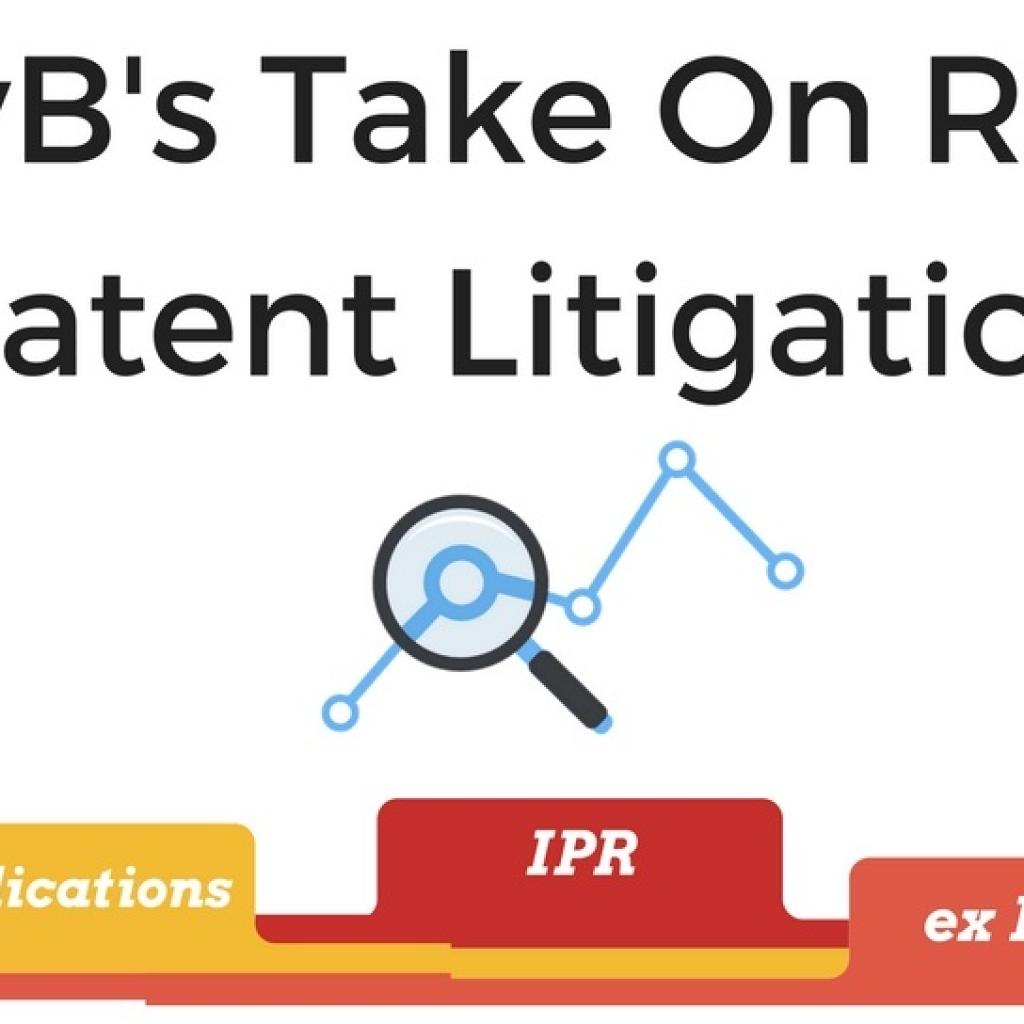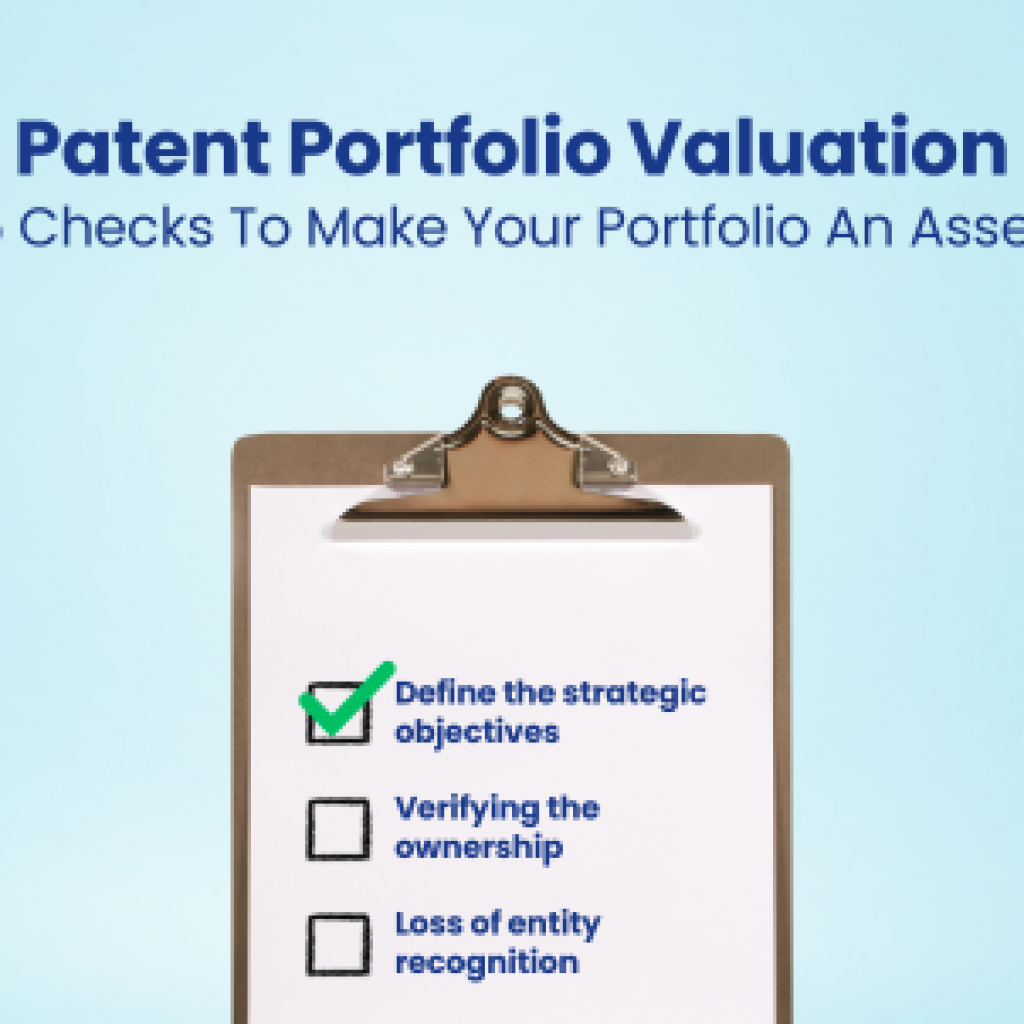Imagine this – A leading smartphone player comes to you with a litigation-grade search project for a smartphone-related patent. If the fact that this patent was in litigation does not sound challenging enough, here’s some additional info – The patent-in-suit has already been through multiple rounds of searching by numerous IP vendors, and the patent stood as a strong contender.
One might think after so many rounds of searching that this patent might be unbreakable. There might exist no prior art. The client, let’s call them ABC Corp., wanted it to be otherwise as the stakes were very high. They were being sued by a locally established NPE, and it would cost them tens of millions in infringement if prior art was not found.
Given our reputation of finding prior art in the toughest of cases, folks at ABC came to us at the eleventh hour and asked us to see what can be done.
Rolling up our sleeves, we were ready for the challenge. After all, it was time again to validate our commitment – “if it exists, we will find it.”
We started with getting a complete understanding of the patent
Establishing the right understanding of the patent is the first step to nailing a search because it affects how you form your search logic, your search approach, and the places you look up during the search process.
Given that this patent had proved unbreakable by several other vendors, it was more important than ever to form the perfect understanding of this patent.
This patent had talked about – A content sharing methodology between two phones, along with few features and User Interfaces related to the same tech.
While reading the patent to invalidate, the idea is to observe any hints about existing prior art in systems. I had read the patent twice and felt I was missing something. I wanted to know how the content transfer in this mobile to whom this subject patent was assigned was working.
So I contacted a senior member of my team who owned a mobile phone from the aforementioned company. Given the pandemic situation, it was not possible for us to meet but he wanted to help and he took me over the functionality of the mobile and how the content transfer was taking place over a video call.
I also wanted to check the various features offered by the phone and verify the process by myself until I was satisfied that I knew everything about it. This made me realize that these features are way easier to understand and explain via a working model.
Up till this point, I hadn’t thought about looking for a system prior-art but now I was thinking more in that direction. There were chances I could invalidate this patent with a system prior art. You will soon find out what led me to think that way.
How I figured system prior art could invalidate the patent
As searchers, when we are going through or analyzing the written literature – like patents, research papers, et cetera – we keep an eye out on products mentioned in the description, background, etc.
The idea is to observe the pattern corresponding to the works of the leading companies associated with similar tech domains. I was quite confident that these dots will ultimately lead us to a killer prior-art.
I had started initially with conventional search methods to understand how the claimed features of the subject patent’s invention could be found in online literature. I had analyzed a bunch of publications but failed to find the primary features of the invention.
However, there was one common cue — In most of the relevant results, they also mentioned some models of mobile phones in the description. Once I had analyzed around 500 patents, I realized that most of the patents are from rival companies hailing from the same tech domain. This was the first sign that I start looking into systems for prior art.
I next went through the websites of respective companies, manuals, the Wayback archive, blogs, and data sheets of mobile phones before the cut-off date. I got information about the availability of content-sharing applications in a few models but could not locate the primary feature. I even watched a few YouTube videos, which gave the hint of required features but no substantial proof was found yet.
With all the clues I found, I was now pretty sure that if I checked the system-arts (existing before the cut-off) itself, I might find a good result. I decided to go for it but the next question was – How to do it? Finding an old phone with an outdated software version is going to be a tough nut.
Tough tides could not deter me from getting my hands on prior art. I had a plan.
The journey to getting to the right system prior art
I first made a list of all mobile phone companies which were active before the cut-off date. After that, I made a list of all the mobile phones launched by those companies. Next, I checked the possibility of the presence of required primary features by scrutinizing their user manuals. I also discussed with my team members if they can help me find such mobile phones having similar features.
Fortunately, after exploring a bit, I got a mobile phone model to prioritize.
The list was exhaustive but the next challenge was to find those old phones in working condition because most of the companies had stopped manufacturing them a long time ago.
My search started from local electronic shops. I asked for the particular mobile phone models and most of the shopkeepers had the same reply:
“This is 2021 (the year of a pandemic) and what made you go looking for mobile phones from the previous era?”
One and all, as feared, they didn’t have those phones.
I wished I had a Time Machine to go back in time and scavenge for the earliest phones of all times.
They say tough times don’t last, tough people, do. I continued my search throughout the city and finally found a shopkeeper who said: “Yes, most of these phones are here but they are not in good condition”.
Let me show you what he meant –

Most of them had their screen damaged and were without batteries. I asked him to help me power them up and then I managed to look from the tampered screens, one after another. I must say the shopkeeper was quite cooperative; as he put all his efforts to help me get the mobile phones in an active state.
A couple of hours later, I had around 25 mobile phones in my hand. I had made a makeshift office with a chair and a small part of the counter in the repair shop and started testing each of those phones right there. I was smirking as I imagined the reality at that moment – I, an analyst, was trying to save his client millions of dollars in a makeshift office of an old mobile repair shop located in a small lane of a Tier-2 city of India.
I started looking for the required features by connecting each one of them with my phone via Bluetooth to verify the content sharing method, which the respective mobile phone was using. I had checked nearly half of the mobile phones from the list which I had made but wasn’t able to find the required features. I was a little disappointed at that time. Every time I checked another mobile phone, I prayed for the presence of the features. With fingers crossed.
Would I be able to land on a system prior-art?
I started thinking that all of my efforts might go in vain. I was hanging on the last thread, as one name after another started getting struck off from the list. There were just a few names left on the list and I nervously kept looking for the features, praying it was at least there in the next phone I checked.
The anguish soon turned into ecstasy and I yelled a woohoo so loud, the shopkeeper glanced to check the reason behind my excitement.
You guessed it right. The phone model I had in hand had all the required features, which I was looking for! Like literally each one of them!
I was jumping out of excitement no less than a lunatic! I even hugged the shopkeeper out of joy. The level of content I had in me then, is simply unexplainable! Yet, I held up my happiness and calmed myself to look if I could find similar features in a few more mobile phones.
The joy doubled – yes, there was another one too! This drove me happier than ever. I took both the mobile phones and headed home. Going into the details of the mobile phones, we later found that the first one was overlapping with 9 out of 10 claims from the subject patents’ invention.
It was now time to get back to the client with the results.
Breaking the news to the client
Here’s a picture of the system prior-art we shared with the client along with our detailed report.


“Good job in locating the system prior-art”, the client replied.
We were later told by the sales team who were engaging with the client that they really appreciated our thorough approach. They had no success from previous IP vendors for this search but wanted to give it one last try before giving up on this case. The fact that we came up with killer prior art further strengthened their belief in us and led them to request an RFP for another search project.
Huge win for the team!
Concluding Notes
As an analyst, you are trained to observe patterns and keep looking for any cues that could lead you to the prior art. But no matter how proactive you are, sometimes there might seem to be no visible results. This is where grit comes into play.
When I did not find a valid prior art using any of the conventional methods, it was the grit to explore every source out there that exposed the idea of looking out for system prior art. One thing led to another and we were able to get our hands on the result.
If I had to conclude my learning from this project in a few sentences, here’s what I would do it —
Finding prior art is not a predefined process, and there is no pre-existing method to it. It’s rather an art. An art of observing things, of making the right decision or choosing the right path at the right time, of connecting the dots, of exploring, hoping, not giving up, and a desire to invalidate.
Quoteworthy much? I guess. Noteworthy much? Well, there’s this one and a ton of other experiences shared by my colleagues where they found prior art in the most unconventional places and using the most unconventional approaches. Head here to read them all – Prior art Searches that guarantee results.
Have a query related to a prior art search, get in touch with us.

Authored By: Ajay Kumar (Research Analyst, Search Team)










